
Proptosis is a medical condition which causes a cat's eye to move forward and protrude from its eye socket. This typically noticeable (and unseemly) medical condition is frequently associated with a head trauma and is often vision threatening. Therefore, immediate veterinary examination and treatment is vital to restoring or saving the cat's eyesight.
Proptosis affects both dogs and cats. If you would like to learn how this condition affects dogs, please visit this page in the PetMD health library.
The most common symptom is an eyeball which protrudes significantly more than normal. Other possible signs include:
The most common cause is an injury to the cat's head or face. The force, in fact, does not have to be severe to cause the eye to displace. In rare cases, eye tumors or other serious infections can cause the eye to move out of place.
The two most common diagnoses for this condition include:
Treatment generally involves putting the eye back into position. This is typically done under sedation to ensure the cat remains stable. Afterwards, antibiotics are often administered to prevent infection until the sutures are removed. If a severe injury makes it impossible to save the eye, removing it completely to avoid any further complications is recommended.
Some common signs once the eye has been repositioned can include:
In most cases, the cat's eye can be saved. Although, proper wound care is necessary until the sutures, if any were used after replacing the eye, are removed.
Unfortunately, there are currently no known preventative measures for this medical condition.
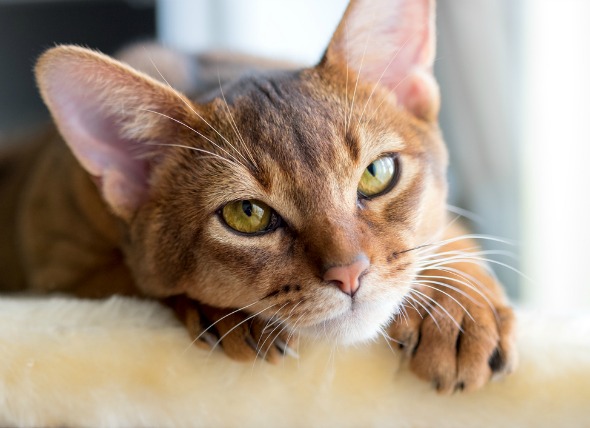 Upper Respiratory Infection (Chlamydia) in Cats
Chlamydiosis in Cats
Chylamydiosis refers to a ba
Upper Respiratory Infection (Chlamydia) in Cats
Chlamydiosis in Cats
Chylamydiosis refers to a ba
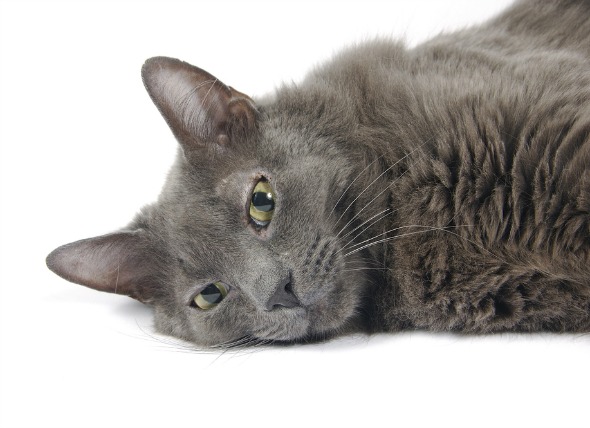 Gallbladder and Bile Duct Inflammation in Cats
Cholecystitis and Choledochitis in Cats
All of th
Gallbladder and Bile Duct Inflammation in Cats
Cholecystitis and Choledochitis in Cats
All of th
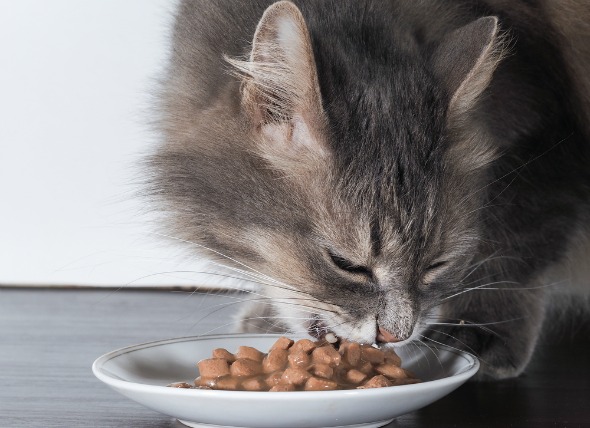 Low Blood Sugar in Cats
Hypoglycemia in Cats
The blood sugar, or glucose,
Low Blood Sugar in Cats
Hypoglycemia in Cats
The blood sugar, or glucose,
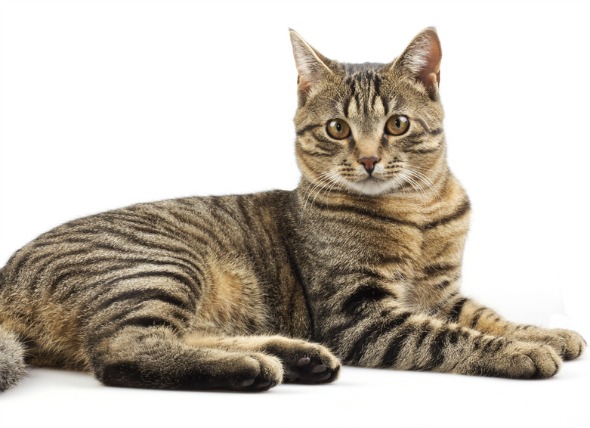 Pain from the Nervous System in Cats
Neuropathic Pain in Cats
An injury or disease rel
Pain from the Nervous System in Cats
Neuropathic Pain in Cats
An injury or disease rel
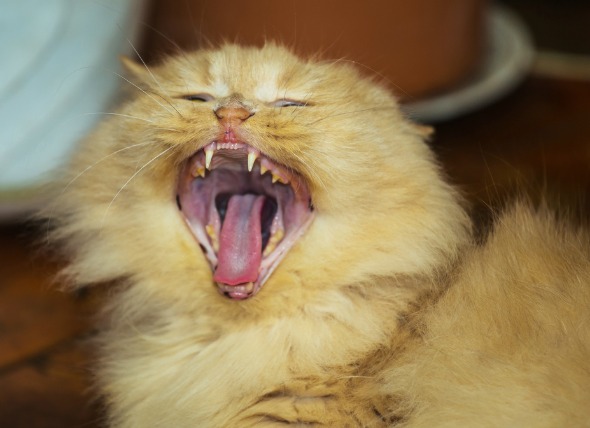 Teeth Misalignment in Cats
Malocclusion of Teeth in Cats
Normally, a kitten
Teeth Misalignment in Cats
Malocclusion of Teeth in Cats
Normally, a kitten
Copyright © 2005-2016 Pet Information All Rights Reserved
Contact us: www162date@outlook.com